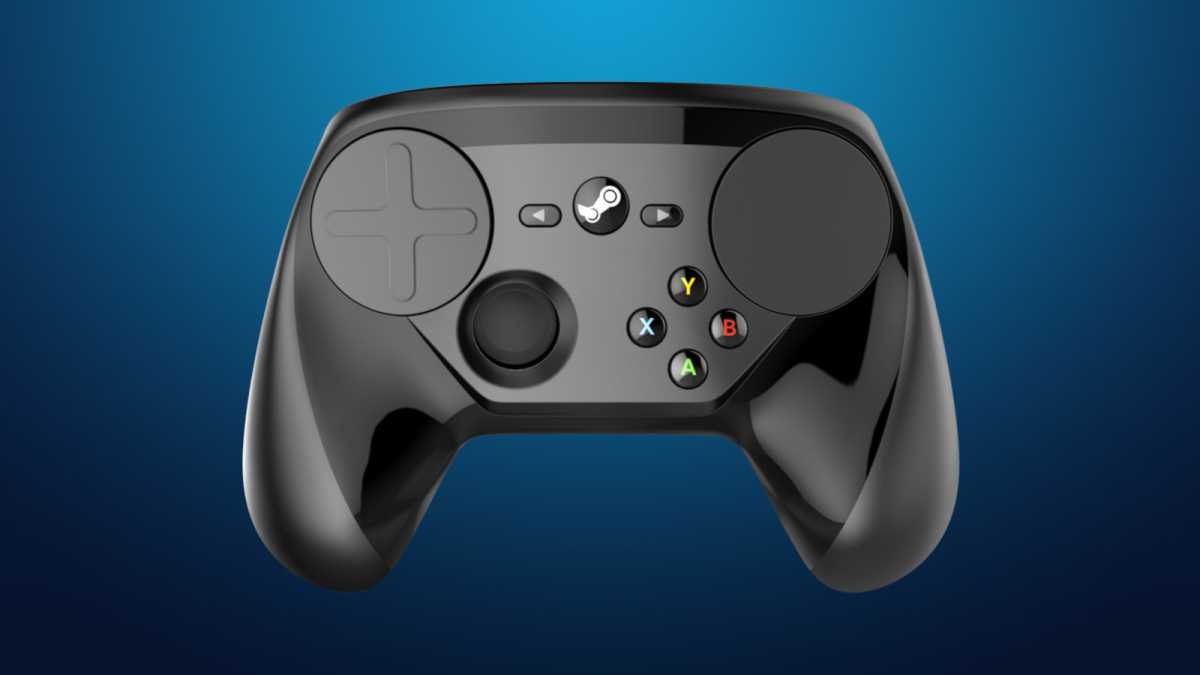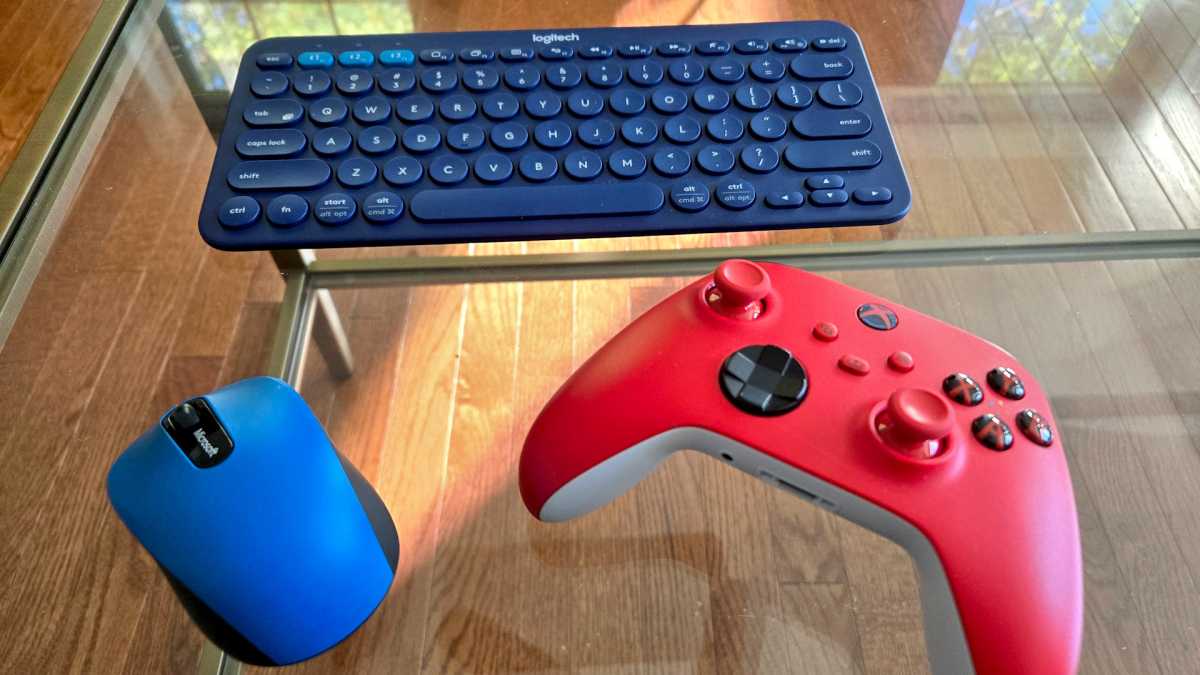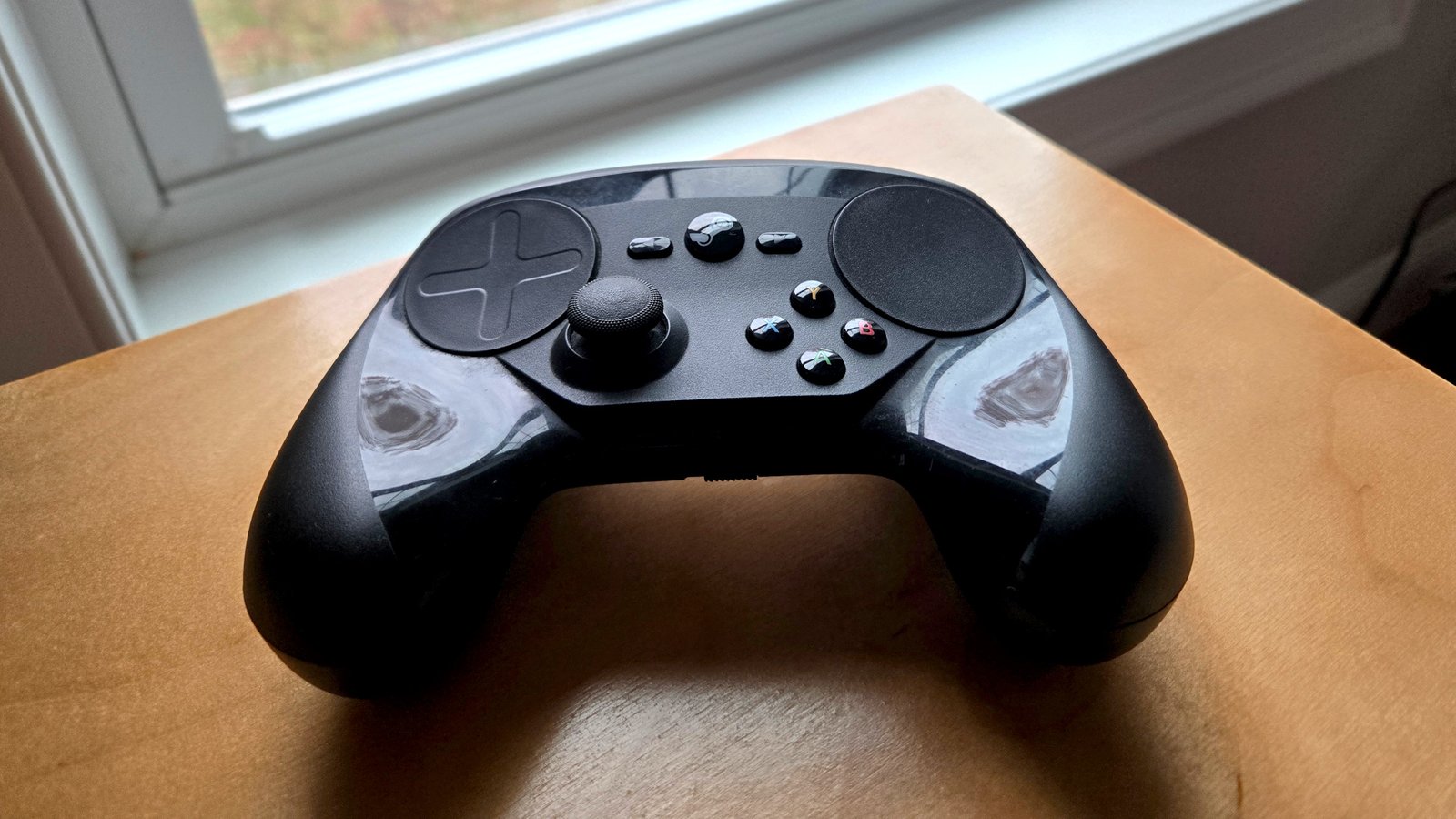Valve launched the Steam Controller a decade ago. It was designed to make traditional PC games playable on TVs in tandem with the original Steam Machine, which never took off. Now, Valve has announced a second-generation Steam Controller alongside the newly revived Steam Machine living room console-mini-PC-system.
I bought the original Steam Controller at release and never liked it that much. But later I got a Steam Deck and fell in love with it. Now I’m looking forward to the new Steam Controller.
In the meantime, I grabbed my old Steam Controller that’s been collecting dust, fired up Half-Life 2, and gave it a second chance. How does the original compare to the second-generation controller? Turns out, Valve has learned a lot over the years.
Valve understands the Steam Controller’s biggest mistake
Microsoft’s Xbox controller is the de facto standard for PC gaming, although you could technically use a Sony DualShock controller or even a Nintendo Switch Pro controller. (Learn more about all this in our no-BS guide to game controllers for PC gaming.)
What’s the one thing all these controllers have in common? They all have two joysticks and a directional pad. Meanwhile, the original Steam Controller didn’t—it had a single joystick and two haptic trackpads.

Valve
While those trackpads feel good to use and their haptic feedback is nice, there’s a huge problem: it’s a bad experience for games designed with standard controllers in mind. You’re stuck using the left pad as a directional pad and the right pad in place of the right joystick.
In Valve’s quest to make keyboard-and-mouse PC games work with controllers, the Steam Controller delivered a worse experience for those very same games. Shortly after buying the original Steam Controller all those years ago, I found myself reaching for an Xbox controller instead. The inputs and design just made more sense.
Valve learned from all this when they eventually designed the Steam Deck. The Steam Deck still has haptic trackpads on each side, yet it also has two real joysticks and a directional pad. It doesn’t abandon the classic controller experience, but instead builds on it. The new Steam Controller keeps it going with its Steam Deck-style layout of two joysticks, a directional pad, and two haptic trackpads.
Input layouts weren’t ready for the masses
The original Steam Controller was overwhelming. It combined elements of a controller with those of mouse and keyboard, requiring games to map configurations to the Steam Controller’s inputs. Thankfully, you didn’t have to do it yourself—Steam was full of community-made layouts for individual games. But they varied wildly in quality.
In short, the Steam Controller had a huge learning curve with complex controller layouts and multi-functional buttons that changed what they did depending on what other buttons were being held. It didn’t just vary from game to game—it even varied within games. I had a hard time building up muscle memory and I spent way too much time peeking at input guides. It was just easier to use an Xbox controller.

Chris Hoffman / Foundry
When the Steam Deck arrived, the overall experience was much more polished. Games designed with controllers in mind “just worked” with the Steam Deck’s controls, unlike with the original Steam Controller. That excites me because games that “just work” on the Steam Deck should also “just work” on Valve’s new Steam Controller!
The rebirth of the Steam Machine and the Steam Controller along with it
Valve is launching the new Steam Controller alongside the revived Steam Machine: a Linux-powered gaming PC that runs SteamOS in a tiny console-like box that’s meant to be played on TVs. The Steam Controller, then, should make it easy to play PC games in your living room without any fuss or interference needed from developers or players.

Valve
This wasn’t true of the original Steam Machine. The ecosystem was still far too young and SteamOS couldn’t play many games at all. Today, it can run a whole universe of Windows PC games thanks to the Proton compatibility layer, solving that huge problem once and for all. But back then? Very few Steam games supported Linux at launch.
That’s one huge reason why I wasn’t motivated to invest serious time in my Steam Controller. If I couldn’t play most PC games in my living room, what was the point? I might as well stick to conventional keyboard-and-mouse and use an Xbox controller for controller-focused games—and that’s pretty much what I did.

Chris Hoffman / Foundry
Valve has come a long way since then, and the reborn Steam Machine living room gaming PC console device contains an ecosystem that’s ready to do what it always wanted to do. And this time, as with the Steam Deck, Valve is making their own hardware.
The future is bright for Steam devices
Picking up the original Steam Controller once more and using it alongside a modern Xbox controller, I’m struck by how much better Microsoft’s controller feels in my hands. The Steam Controller feels more awkward and less solid, a little too “hollow” and “plasticky” for me.
When I turn on the Steam Controller and hear the beep played over the speaker—and feel the hollow, smooth plastic shell in my hands—I can’t help but think: “This feels like an engineering prototype.”
The Steam Deck isn’t like that. I like the Steam Deck’s design! In fact, it feels more ergonomic than the larger, heavier Windows-powered handheld gaming PCs I’ve used. Valve learned their lessons, and it looks like they’ve applied them to the second-generation controller.
I’m excited for Valve’s new hardware. The Steam Controller and Steam Machine deserved a reboot. Bring ’em on!
This articles is written by : Nermeen Nabil Khear Abdelmalak
All rights reserved to : USAGOLDMIES . www.usagoldmines.com
You can Enjoy surfing our website categories and read more content in many fields you may like .
Why USAGoldMines ?
USAGoldMines is a comprehensive website offering the latest in financial, crypto, and technical news. With specialized sections for each category, it provides readers with up-to-date market insights, investment trends, and technological advancements, making it a valuable resource for investors and enthusiasts in the fast-paced financial world.
